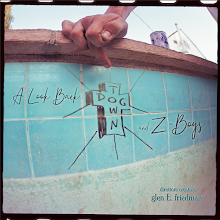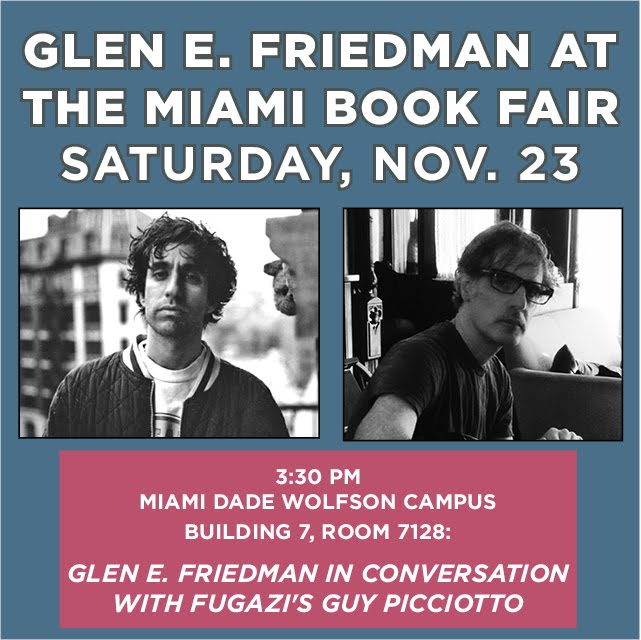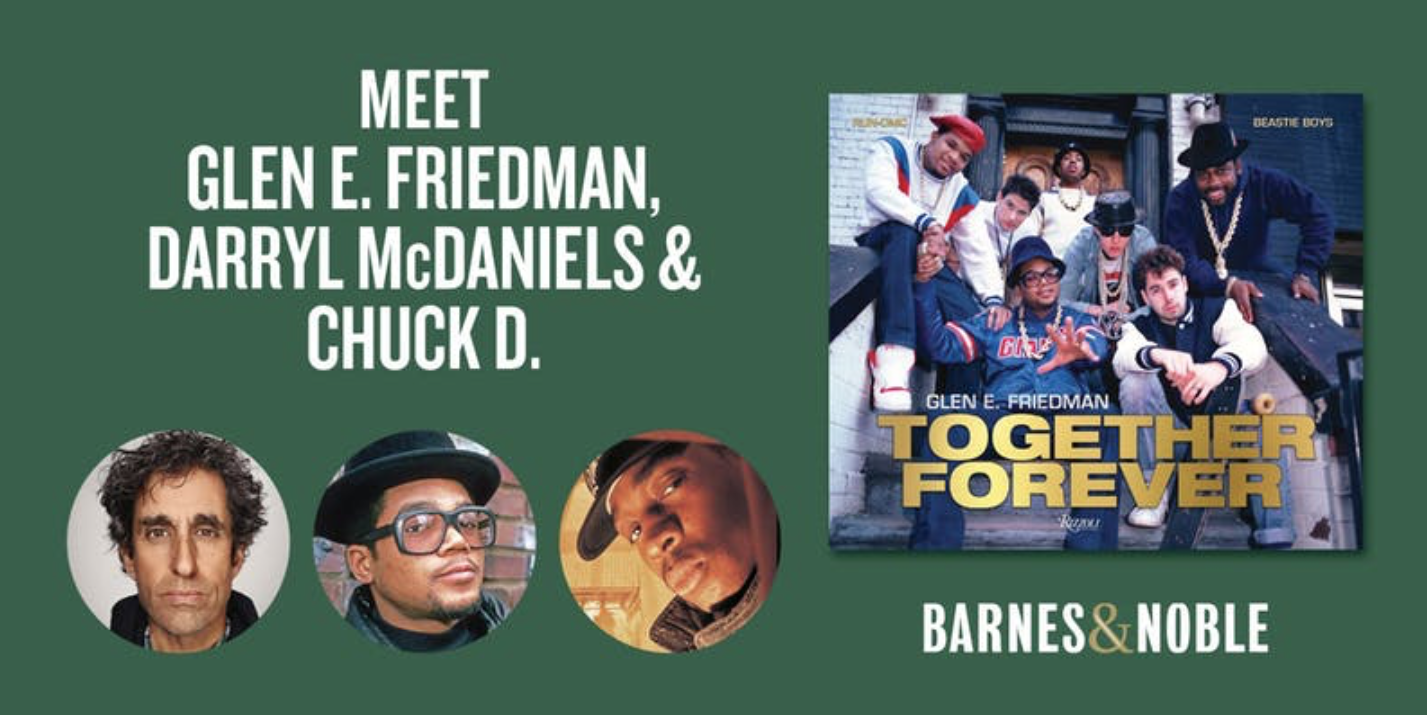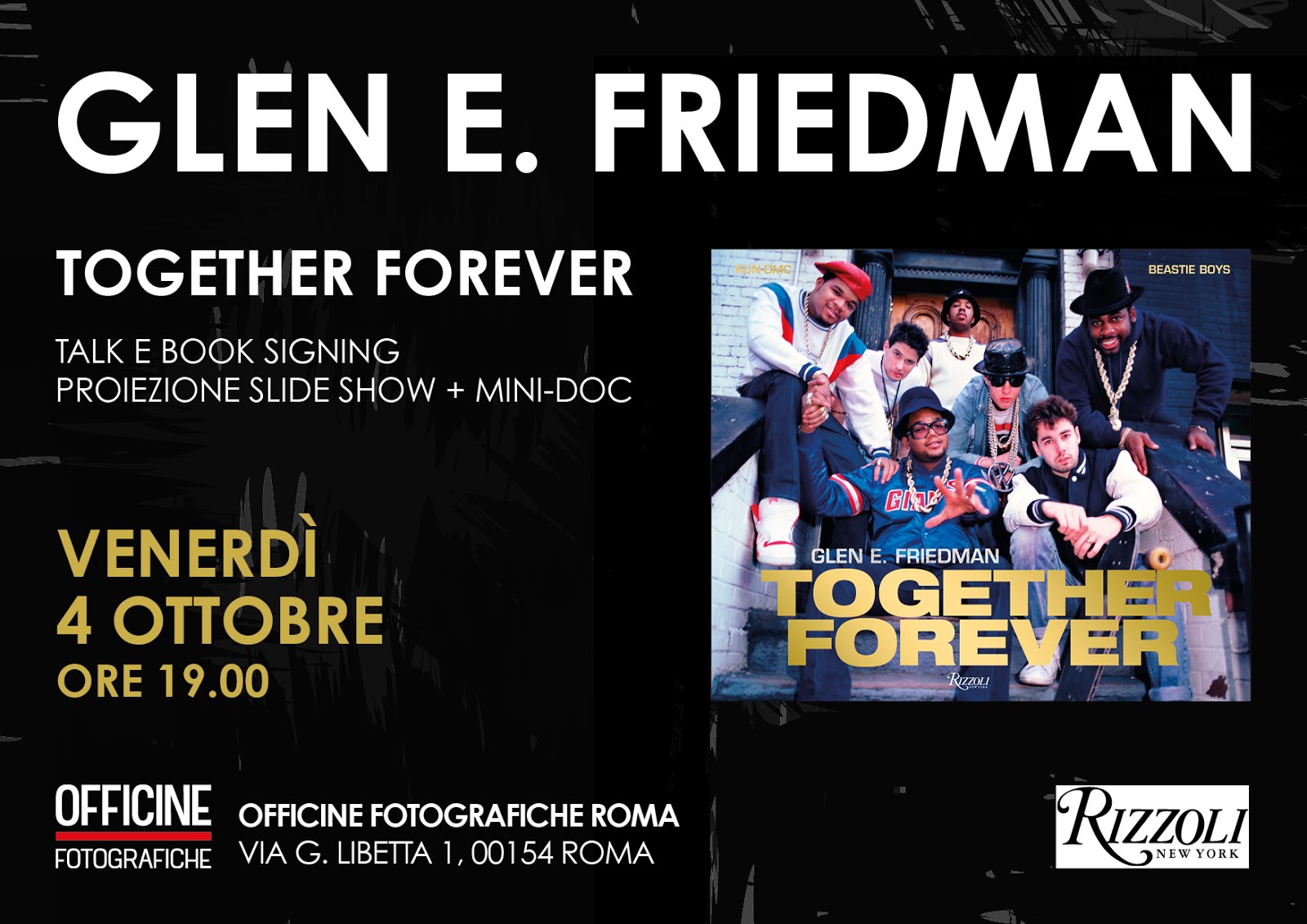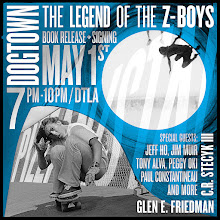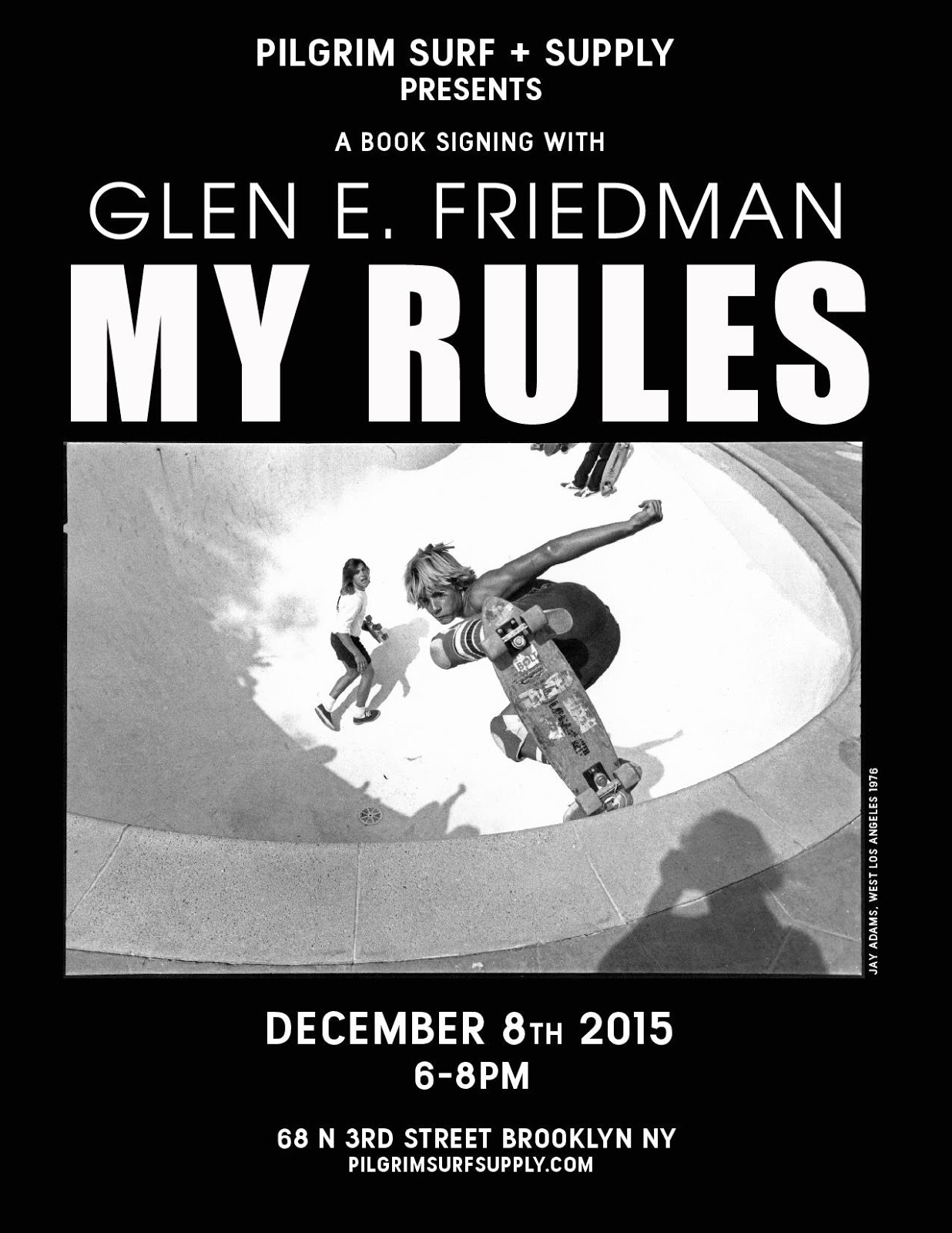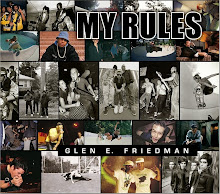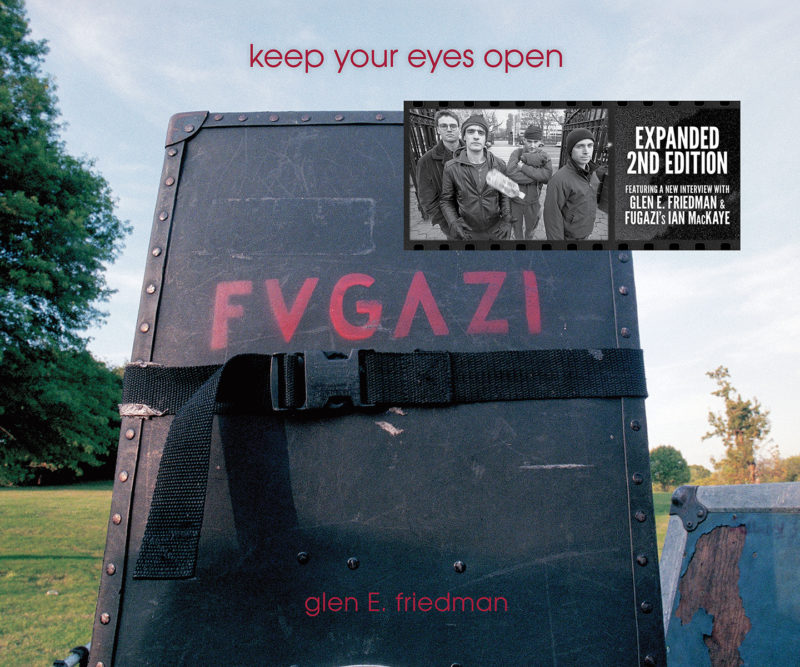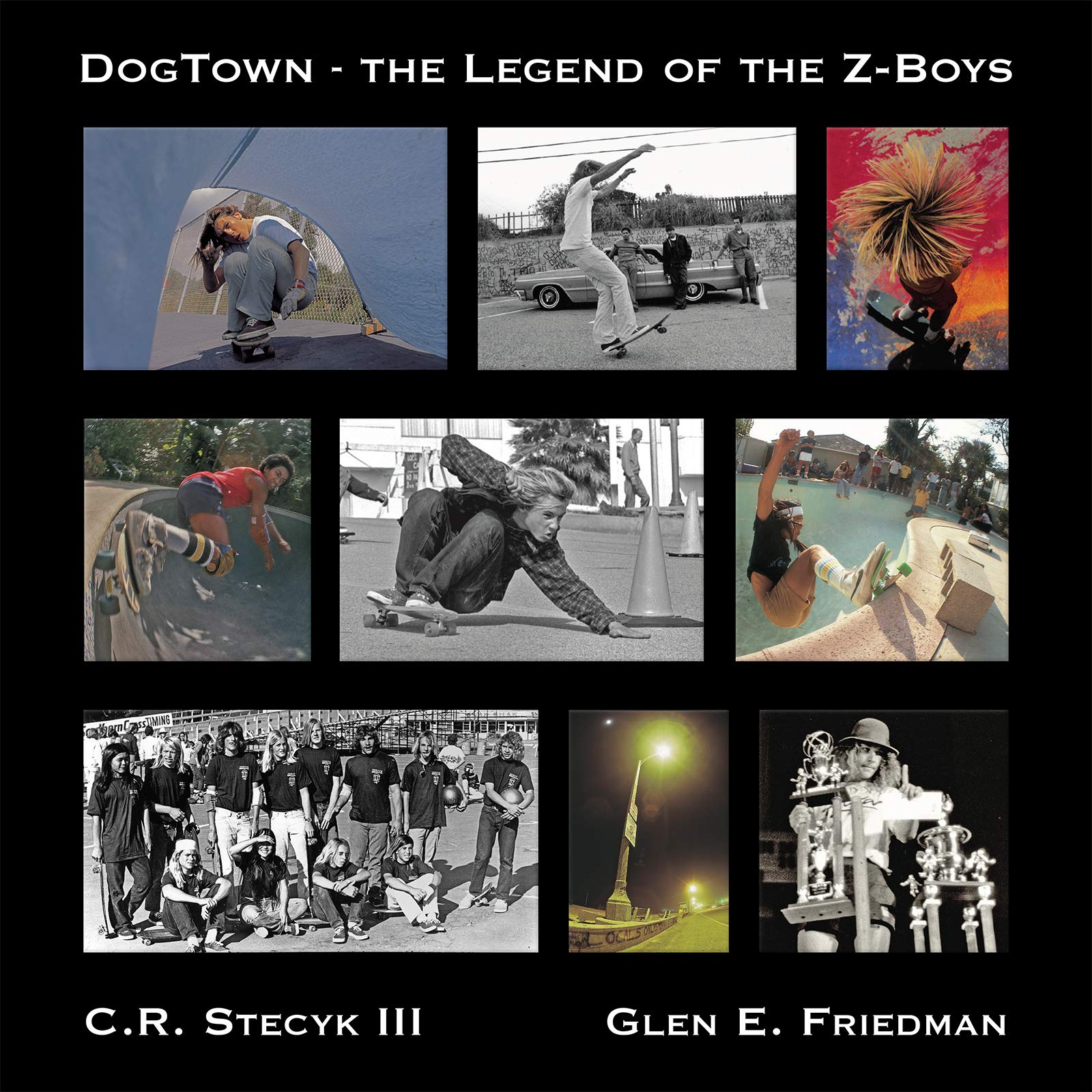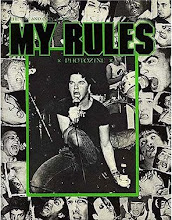from THE MEDIA

When a person walks down the street, an everyday setting might trigger remembrance of a song. As the lyrics convulsively unfold, an association between that moment, memory, and music is revealed; the song, instead of just being some random thought, was actually triggered by some stimuli or situation one had just encountered. Leaving a place might put the song "Leaving Here" or "Go Now" into one's head for example, or perhaps the connection is less obvious. The associative lyric might not even show up 'til the third stanza or fourth verse or something, at which point the singer is wowed by their unconscious brain at work.
Thus is illuminated the ancient use of song and the reason humans are intrinsically programmed to make and like music. Tunes carry or relay ideas, lessons and information from generation to generation and from place to place via memory. Since a bewitching tune stays with one forever–think of the jingles you heard as a child–the information contained in the song is unshakeable. One may choose to reject it, but if its constructed properly, with a good "hook," it will embed itself insidiously and be very hard or even impossible to completely remove. We might not care to "buy the world a coke to teach it harmony," but all who've heard that old commercial will carry its message to the grave.
Songs have had this function since the dawn of time and were the vehicle for social ideology and practical lessons such as: which berries to avoid, where the bears lived, how not to freeze in winter, why not to drink animal urine, etc. Just as important for survival were social lessons, such as the mores and rituals of one's particular tribe, explicated through song-stories. In modern times, these sung social and moral codes include the anthems of a Nation and (in folk songs) the mythology of its working class as well as the myths of its rulers (through courtly and classical music).

Because songs are an extremely powerful form of mind control, music became a highly contested battlefield in the war between various ruling class factions. This struggle was occurring in the 18th and 19th century through opera and symphonic music for example. Teutonic classical music was nurtured by well heeled patrons in the Holy Roman Empire, when the nascent German nation strove to assert a distinct cultural identity. This program contributed eventually to unification under Bismarck. Russian composers before and after the revolution competed with their supremacist "western" counterparts to explain an idea of Russian genius and sophistication, and so on.
Once capitalism became paradigmatic, the mind control properties of the "hook" and the catchy chorus were utilized by a new mercantile ruling class to sell products via "jingles". As the system became more sophisticated, song "hooks" were used to explain products' invaluable nature, the ways which people were inadequate without products, that ownership of products defined happiness itself, and how people without said products were deficient, pathetic, unseemly, grotesque, and sexually undesirable.
When rock n roll revealed itself in the post-war USA, it was immediately recognized for its awesome power and potential for conquering the world. Rock n roll came out of the black American south, but had its roots in ancient African music which had been suppressed by slavers and kept underground for centuries, like druidism in the British isles. Secretly practiced under the guise of "work songs" and "gospel" music, it evolved over time into something quite different from anything in Africa, cunningly constructed as to be almost irresistible to the listener. Having absorbed the obstacles and influences of its new environment, it emerged from its exile with the force of a teenage volcano. European music, Christianity, systemic oppression, electricity, and capitalism were assimilated the way a virus adapts and contorts itself to resist whatever antibodies it encounters. Rock n rolls songs were more powerful, simple, immediate and "hook" laden than any of their competitors and the genre was appraised by the ruling clique as the greatest carriage ever for translating and infiltrating ideological messages.

But they also recognized that this would only be effective if it weren't recognized as a tool. Commercial jingles, jingo-ist anthems, and Soviet agit-prop were tainted because their roots were apparent. Rock n roll in the hands of the ruling class had to retain a semblance of its autonomy and only be insidiously influenced by market programming. Therefore, the artists themselves had to manipulated in a manner where they would conform to desired standards. This was achieved through a barbaric system of arbitrary criticism, institutionalized poverty, degradation of the work force, momentary adoration followed immediately by callous disregard, and the promise of princely rewards and immortality after some undefined act which would be mysteriously deemed world beating.
As rock swept the world, conquering all other arts like a ferocious wild fire, some artists rebelled against its use. Intuitively, they knew "the hook" of a hit song was a kind of mnemonic time bomb which was possibly quite immoral to plant inside listeners heads. Every hit-maker was a typhoid Mary who was instructing their audience as to modes of behavior, right and wrong, sometimes even injecting morbid sociopathy into fans' unwitting brains. The singer's whim, caprice, or perverse sense of humor could unleash unfathomable destruction – socially and geo-politically – through the proliferation of song. Singers were concerned about their influence and tried to rein in their songs "catchiness." Folk singers in the late '50s and early '60s were particular exponents of this approach, trying to sing in obtuse, difficult ways and indulging in hardly listenable olde tyme pre-rock dirges. Jazz musicians, resentful of their use as an international propaganda weapon, made their music unquotable, first with "bop" and then with "free" jazz. But it was a steep price to pay. Any one who took this high road saw their ability to economically survive disintegrate.
Once the folk movement was demolished by the seductive force of electricity (1965), ex-folkies transferred their reluctant use of "the hook" to rock, infusing that medium with their anti sell-out concerns and counter-musicality. But, while in folk "selling out" had had fairly clear connotations, in the context of rock – which had (since it had been called "rock") always been tied to crass commercial proponents and mafia elements – "selling out" was a strange concept. It was never a coherent or delineated political concern as it had been with the crypto commies in the folk movement, who were often involved in activism and civil rights. Instead it became an aesthetic idea. "Selling out" was a sign that a group had crossed an invisible line into commercial vulgarity and was no longer behaving in a "cool," hip, and with-it manner. Sometimes this meant too much musicality; too many "hooks". Sometimes it meant the wrong clothing choices. These standards or rules of comportment radically changed from group to group.

Punk took the rhetoric of folk ("selling out" and "authenticity" were obsessions of both) and, understanding the mind control nefariousness of "the hook," tried to utilize its power to subvert commercialism, imperialism, etc, with anthems of resistance. But while this music tried to subvert the system by aping rock structures with rebellious lyrics, it was barred from mass proliferation by a rigid rock establishment that controlled distribution of records and access to airplay. Eventually it was assimilated into rock and absorbed as another texture.
When more extreme variants of punk, "no wave" and then "hardcore" started, they were – like folk, avant noise, and bop – an attempt to subvert the mass hypnosis of music in general and rock in particular, by being almost unlistenable. The attempt was similar as that attempted decades earlier by Xenakis, Cage, Feldman, and other insurrectionists of the avant "experimental" era. The paradox for the unlistenable groups was that their attempts to thwart mind control through anti-music were more intuitive than articulated, and therefore they were susceptible to bits of musicality creeping in. And when an unlistenable no-wave or HC group added a tease of a tune or melody, they were immediately rewarded with popularity by a well meaning but ignoramus audience who were genetically hard wired to respond to music codes like "hooks" and melody. This response – like human sexual response – was innate and had developed to help the species survive. Now, with "the hook" a slave to commercial forces intent on destroying the world for momentary gain and despotic control, the species paradoxically needed to destroy catchy music for its very survival. This was only sort of understood and never articulated by the actors in the post-punk drama, so the audience – while instinctively loving "the hook" – were still wary of too much musicality. Therefore, HC and no wave existed in a demi-world of "sort-of music" music, tantalizing their audiences with the threat of a song, but rarely delivering.





























